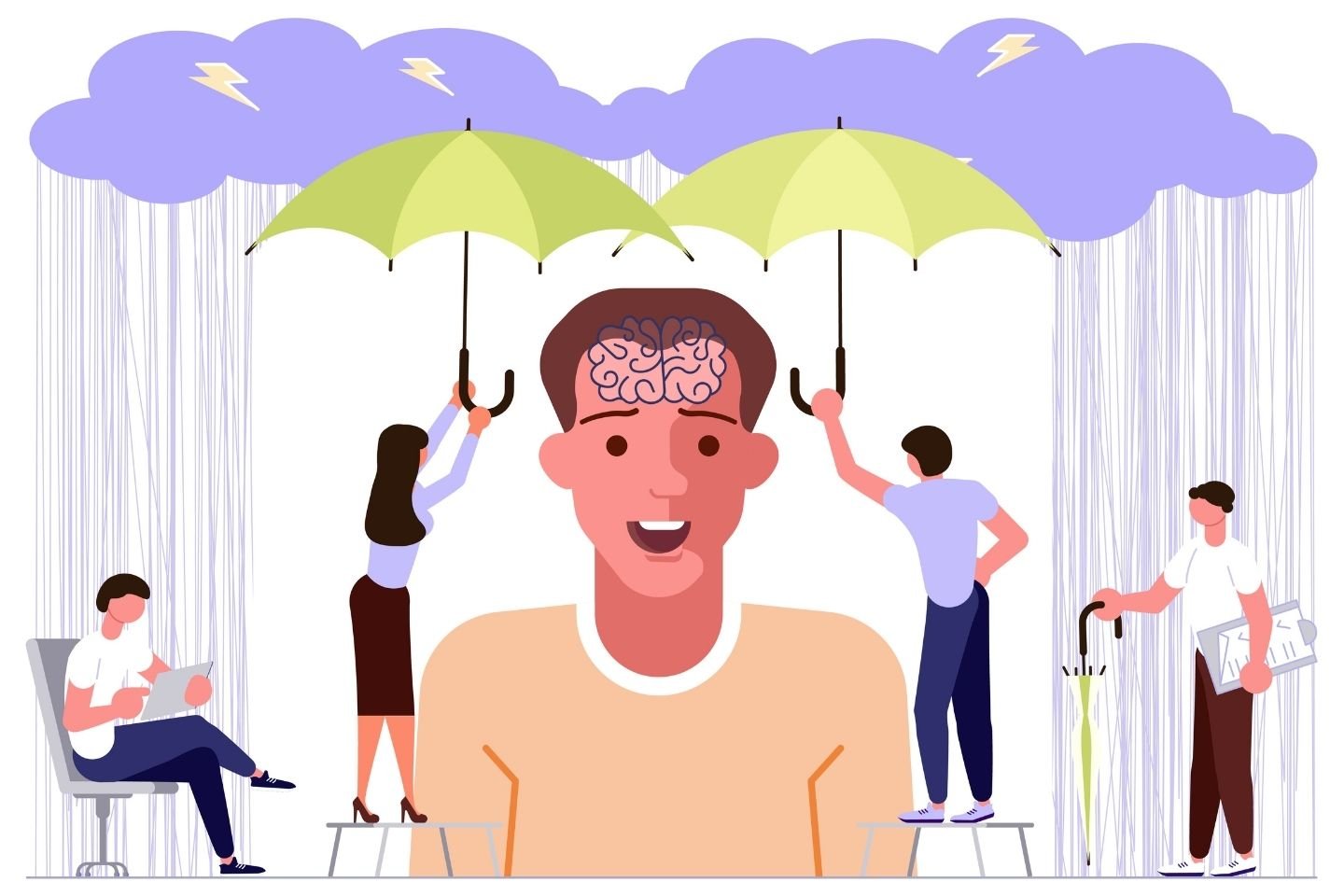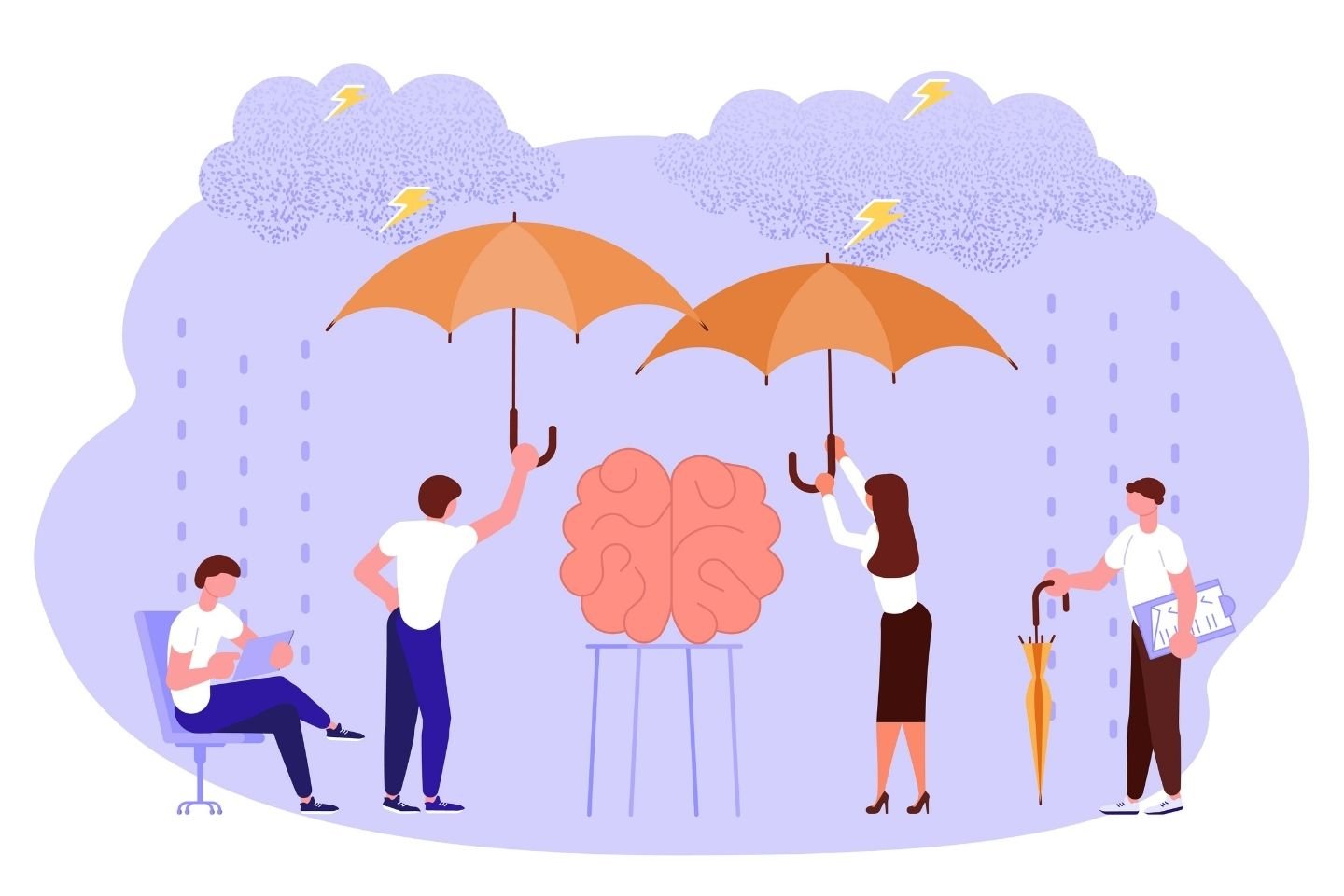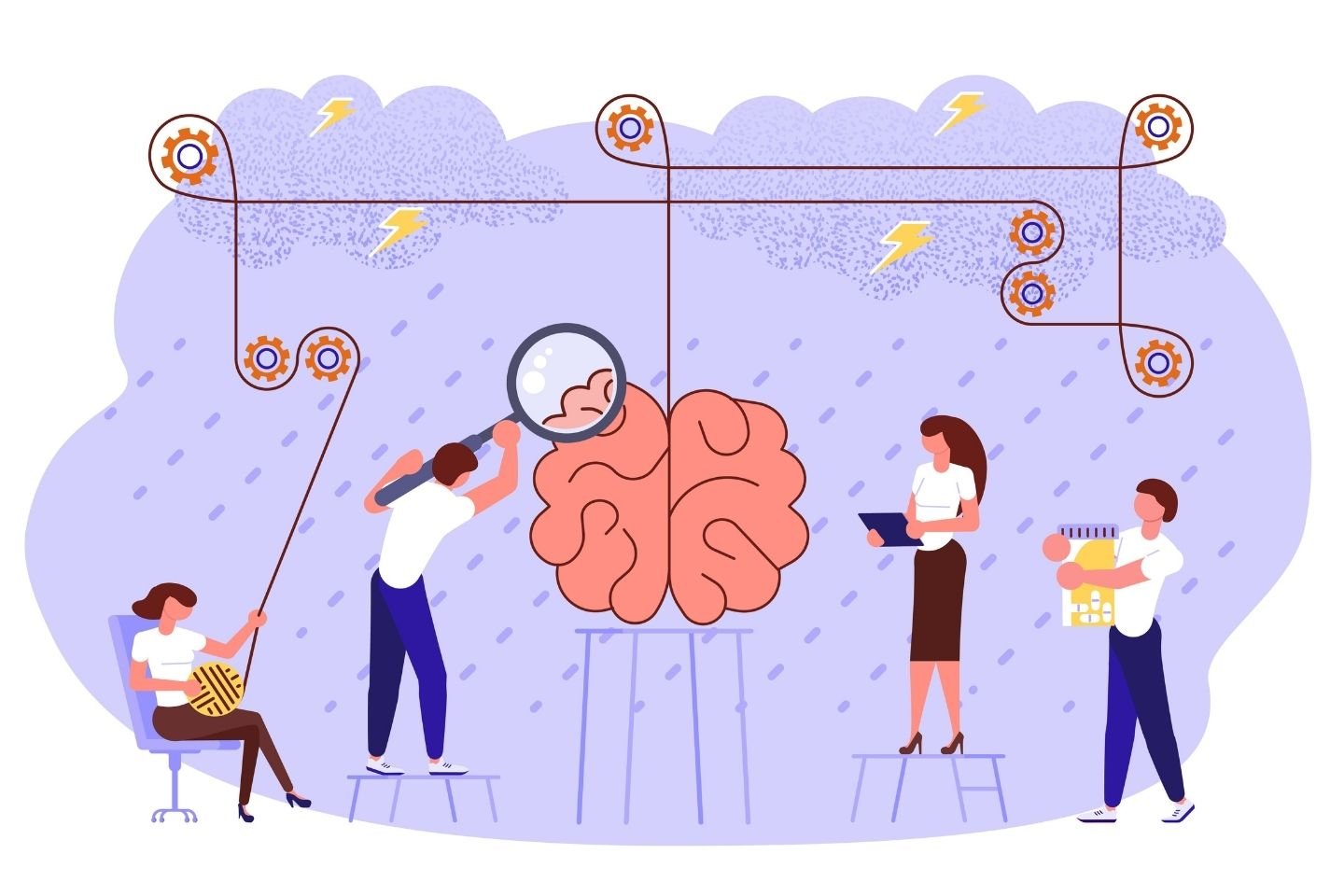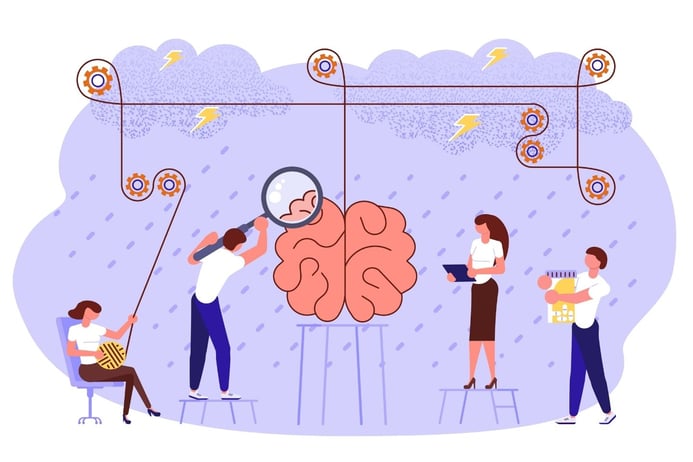For businesses to build strong, lasting connections with customers, they must first understand what drives their decision-making. These brands must grasp what encourages customers to act in particular ways and entices them to buy the products and services they end up purchasing.
The better organizations can understand these drives, the better they will be able to satisfy the underlying customer needs and create a more effective, more appreciated customer service.
Surprisingly, customers sometimes do not have full awareness of their own motivations. Therefore, although research methods - such as surveys or focus groups - can help in some ways, they do not provide businesses with the full breadth of information and knowledge they need to thrive.
When consumers take part in focus groups or surveys, for example, they often feel pressured by socially acceptable answers and what they think they should answer. They also will assume how they will respond to particular situations or choices. However, since these customers often do not have the full understanding of their own drives, their answers do not provide organizations with the complete picture.
Scientists estimate that conscious thinking, higher-order processing, comprises only the tip of the iceberg. Only about 5 percent of cognition takes place this way. The other 95 percent takes place deep within the subconscious.
Customers may not fully realize the ‘why’ behind their own behavior, but the businesses that learn how to tap into this potential can drive brand loyalty on an entirely new level.

The mystery of neuroscience
Neuroscience comprises the study of how the brain works. Striving to grasp how customers think, what drives their behavior and understanding customer processing is a rich area of research on a purely scientific level, but it also unlocks countless doors for businesses by answering many relevant questions. Major brands, like Google and Apple, have tapped into this potential for a while, but as the understanding of neuroscience grows, the capacity of businesses of all types to use these insights has grown as well.
At the core, consumers and organizations alike should recognize that humans as a species are not as logical as we like to imagine. Instead, when making decisions - including purchasing decisions - the choices formulated are actually influenced by a variety of factors that might not even deal with the product directly.
Customers do not fully understand what they actually want or why they want it.
As neuroscience begins to uncover the answers to the questions of human behavior, businesses will find that they can improve their understanding of what encourages customers to buy from one brand over another. They can discover the reasons for customers stagnating on the buyer’s journey, sources of frustration, or what might interrupt the buyer’s journey altogether. As they begin to incorporate this understanding into their business model, they will be able to increase customer engagement and thereby build their organization.
Using neuroscience to improve customer service
When customers makes a decision regarding a product or service to buy, they make their selection based on the perceived reward. The brain, however, consists of billions of connections that all work together to process information. This can be a long process for the brain to effectively sort through when making a decision, which means that people are wired to create their own shortcuts when making decisions. Rather than filtering through the countless different possibilities and carefully looking at each criterion when making a purchasing decision, people will naturally start to develop biases that push them towards or away from certain brands.
These shortcuts help them make decisions more efficiently.
This explains why you can walk into the grocery store and not have to carefully evaluate every brand of pasta or chips. You know the brands you have come to trust and can make the choice in a matter of seconds.

The role of nurturing short-cuts or brand recognition in customers
When it comes to customers' decision-making, understanding the role of nurturing short-cuts and building brand recognition biases becomes apparent. You want customers to make rapid positive associations with your organization. When you understand how to tap into the power of neuroscience to build relationships with customers, you can encourage them to feel loyalty towards your brand and become more likely to select your products and services.
Let's explore 5 cognitive biases that you can use to build this type of trust and relationship with customers.
These ideas come from the growing field of neuroscience and what it has to offer businesses with regard to helping them understand customers and improve the service they offer.
1. Social Norming
The first cognitive bias is known as social norming, but is also called the Bandwagon Effect or social proof. Essentially, this short-cut states that customers want to follow the crowd. They look at what others do and that influences their decision. People feel hesitant when it comes to stepping outside the norm, so instead, they tend to ascribe more towards a herd mentality.
Businesses will particularly notice this impact when people do not feel confident in their decisions. When people feel unsure about their choices, they naturally look for leaders to help guide them towards the optimal choice.
With this type of phenomenon, customers essentially see the choices others make as good or acceptable decisions. They, therefore, feel more inclined to do likewise. When they make the same selection as others in their group, they can feel as though they fit in with everyone else.
Service Excellence Tip:
Letting prospective customers know about your satisfied customers will benefit you the most here. Social proof, such as reviews or commentary on social media, can boost your recognition and reputation. Similarly, recommendations from other customers, quotes from those who like your brand, and language that reflects other satisfied customers can all help you reassure new customers to give your organization a try.
2. Framing Effect
The framing effect describes the phenomenon in which people can influence how others see an offer or deal solely by paying attention to the language and situation they used to frame the presentation. The words selected to describe a product or service will influence public perception, even if the product itself does not change.
Service Excellence Tip:
Using the framing effect requires you to pay close attention to the language you use when describing your products as well as consumer reactions to those choices.
- Make sure the statements themselves are true. False statements or deliberately misleading customers can cause a wealth of issues, including potential liability and a disastrous impact on company reputation.
- Know what matters most to customers. Use the language describing the product to tap into the deep desires of the consumer that you want to reach.
- Focus on keywords that mirror the desired response. For example, when asked to describe a car crash, customers will estimate faster speeds if they are asked about the moment when the cars ‘crashed’ versus when the cars ‘made contact’.
- Run regular A/B tests. As you create advertising using the framing strategy, run regular tests so that you can see the type of language that will elicit the best possible responses from customers.
3. Fear of Missing Out (FOMO)
Customers have a strong fear of missing out. Their fear of missing out actually ranks higher than their desire to gain. Studies indicate that people have twice the desire to avoid any type of pain than they do a desire to gain a potential benefit. This means that for businesses, you want to let customers know the loss they might experience by not choosing your product or service. This is even true if what customers have to lose is not objectively that valuable.
Service Excellence Tip:
To leverage this potential, you want to let the customer know what they might lose. Sales phrasing focused around ‘not wanting to miss out’ can be particularly helpful.
Businesses should not try to use pleading or threatening language, as this will not help the situation. Instead, focus on the natural desire of the customer to avoid causing themselves any type of pain.
4. Choice Overload
Businesses CAN provide their customers with too many choices. When customers become faced with an excessive number of choices, they can actually experience a choice paralysis. In other words, when too many options are presented, the customer becomes less likely to choose any of the options available at all.
One store ran an interesting study where they offered jam to customers. Some customers had 6 different choices to select from, while the others had 24 choices. Although the second group had significantly more options, they actually made fewer decisions to buy. The group with only 6 choices was 10 times more likely to make a purchase.
Service Excellence Tip:
Businesses should focus on providing just a few choices for customers at any given stage of the buyer’s journey. Even on websites, do not offer customers too many choices when converting for something as small as a newsletter signup. Provide customers with a clear call to action, so they know precisely what you want them to do. You want to funnel interest towards a few select packages or product options and encourage customers to select one of these choices.
5. Anchoring
Brands also need to realize that customers tend to anchor their decision to the first piece of information they receive. They will even make this type of association unconsciously, and regardless of whether the first piece of information even has a firm connection to their later decision. One study found that a judge was more likely to hand out longer sentences based on the way the dice had been rolled prior to hearing the case.
Fortunately, organizations can also use this information for their benefit. They can help customers draw positive associations between their brands and products and other beneficial pieces of information. They can also provide customers with anchors that help them see their pricing and services as an excellent value, such as by demonstrating how the products and services were developed.
Service Excellence Tip:
To help your prices appear more reasonable to customers, help them see the value they obtain through choosing your organization. You can also help customers select packages by offering them different price points - such as packages that offer more basic or more luxurious options. Customers buy statistically far more of the middle options offered across a variety of different industries, such as restaurants. Diners feel more inclined to buy the second most expensive type of wine or dish rather than the most expensive or the cheapest. Offer a few different package options to encourage customers to compare the different price points to your own different packages, rather than comparing them to your competition.

When it comes to building relationships with customers as an organization, understanding people’s motivations and what drives them to make particular decisions can have an enormous impact on customer loyalty.
When customers feel as though particular brands understand them and can genuinely help them answer their pain points, they feel more inclined to trust the business.
As you provide that valued customer service and build that trust, you will see tremendous financial benefits.
Using neuroscience to understand how customers think provides businesses with a measurable advantage. They can begin to understand these customers on an entirely new level, which in turn will improve their ability to interest and entice them.





